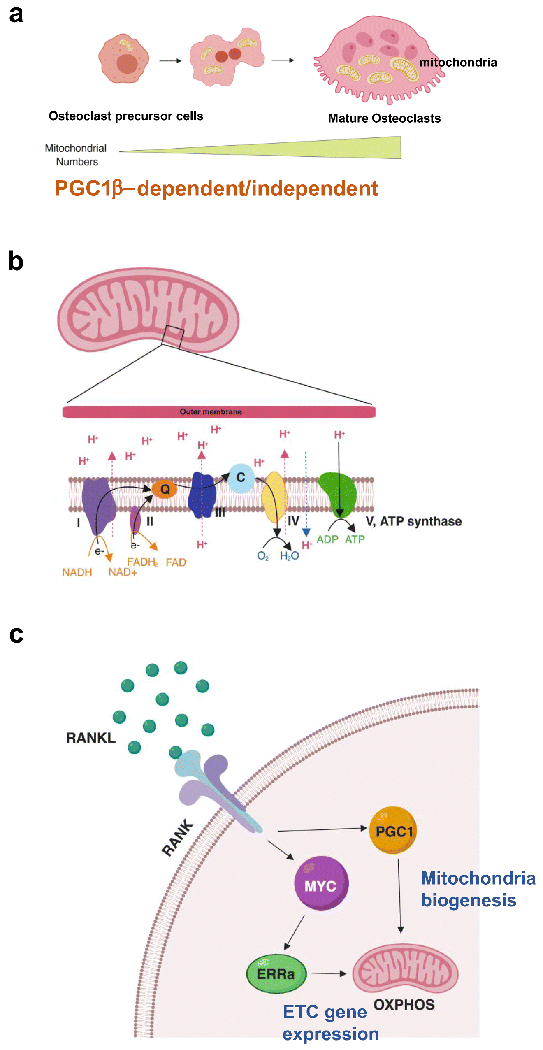Figure 1. Mitochondria play an important role in osteoclast differentiation.

(A) Osteoclasts are formed by the fusion of monocytic osteoclast precursors after precursor cell exposure to osteoclastogenic signals such as RANKL. During differentiation, osteoclast precursor cells undergo rapid and extensive changes in shape and size to generate multinuclear cells. In fully differentiated mature osteoclasts, mitochondria are formed in a complex tubular network, increasing in size and full of cristae. Mitochondria biogenesis is induced by PGC1β-dependent and independent mechanism. (B) Electro transport chain (ETC) reactions occur in the inner membrane of mitochondria and ETC is the site of oxidative phosphorylation. Electron [58] transfer couples with the transfer of protons (H+), leading to generating proton gradient. NADH and FADH2 : reduced electro carriers; Q: ubiquinone; C; cytochrome C. (C) RANKL signaling induces PGC1β, which is involved in mitochondria biogenesis, and the MYC-ERRα axis to regulate ETC gene expression and OXPHOS.
